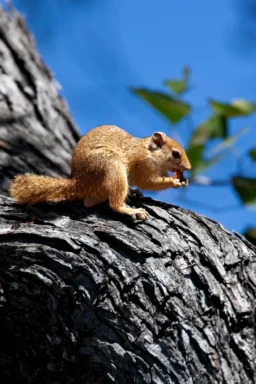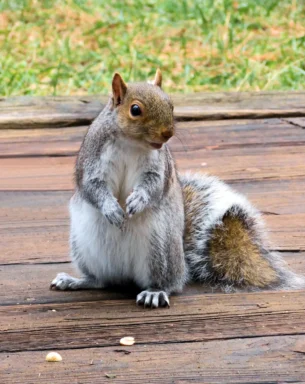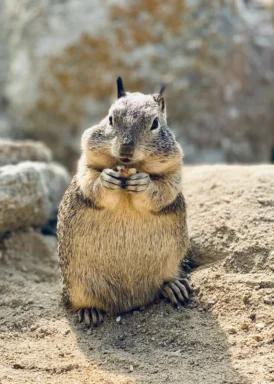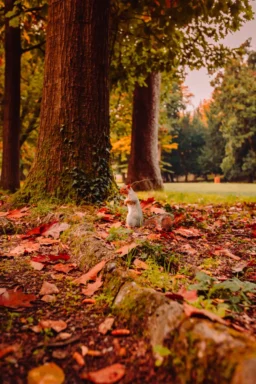Squirrels, with their agile antics and bushy tails, are a charming sight across various landscapes. Their presence, though often taken for granted, is a captivating narrative of adaptation and survival. As we unravel the global map, where do squirrels live presents a kaleidoscopic view into diverse habitats and their congruence with squirrel life.
Key Takeaways
- Squirrel habitats are as diverse as their species, adapting to various ecological settings.
- Their habitat choice reflects a profound interplay between their behavioral, physiological, and ecological attributes.
- Studying squirrel habitats provides a gateway to understanding ecosystem dynamics and animal adaptability.
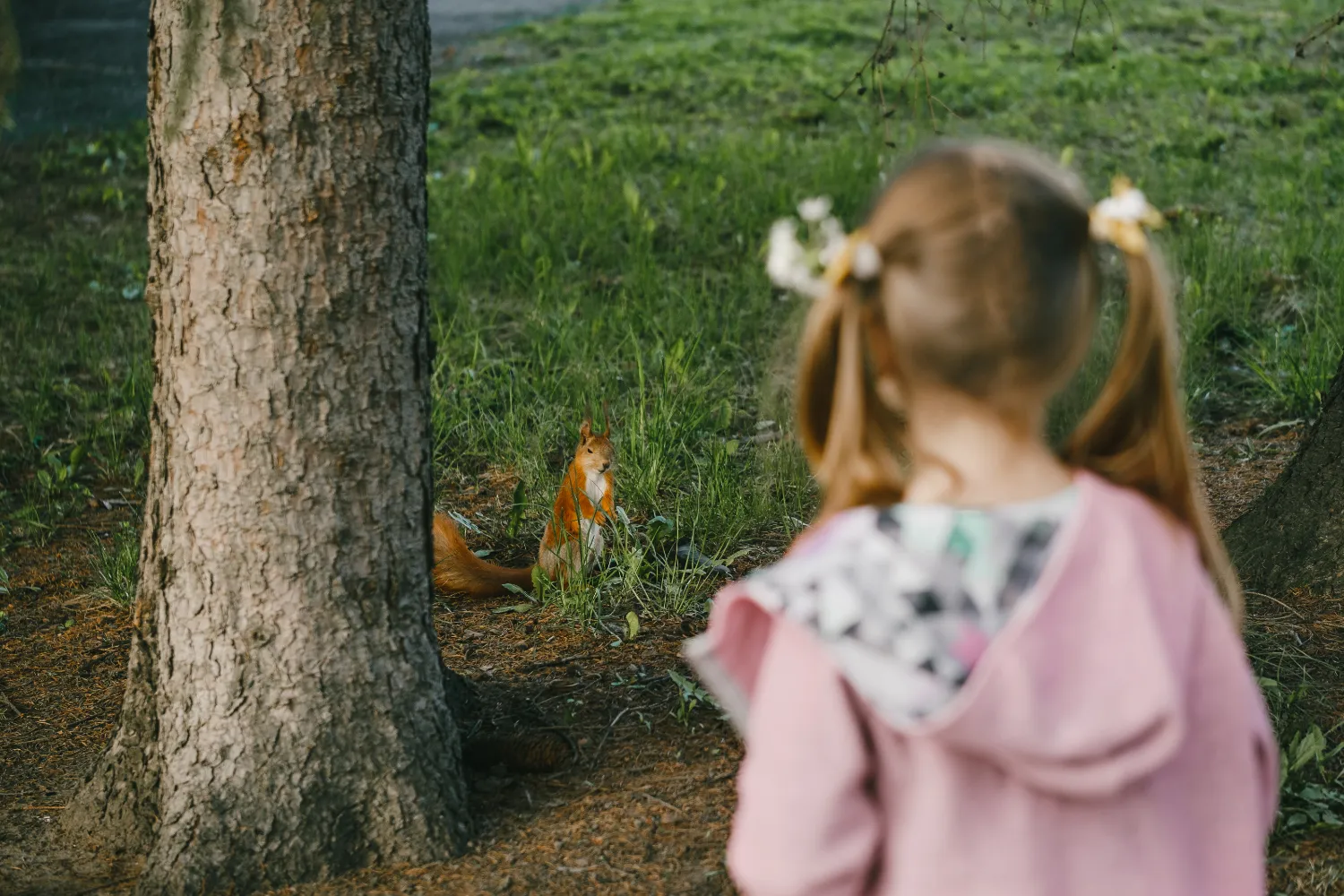
The Arboreal Domain: Tree Squirrels and Their Leafy Abodes
Tree squirrels, as the name suggests, have a penchant for heights, finding solace among leafy canopies. Their habitat choice reflects a harmony between their needs and what the environment offers.
Wooded Areas:
Predominantly found in wooded areas, embracing the shelter and resources these natural sanctuaries provide1.
| Region | Wooded Habitat Type |
|---|---|
| North America | Deciduous and coniferous forests |
| South America | Tropical rainforests |
| Africa | Woodland savannas |
| Europe and Asia | Conifer forests |
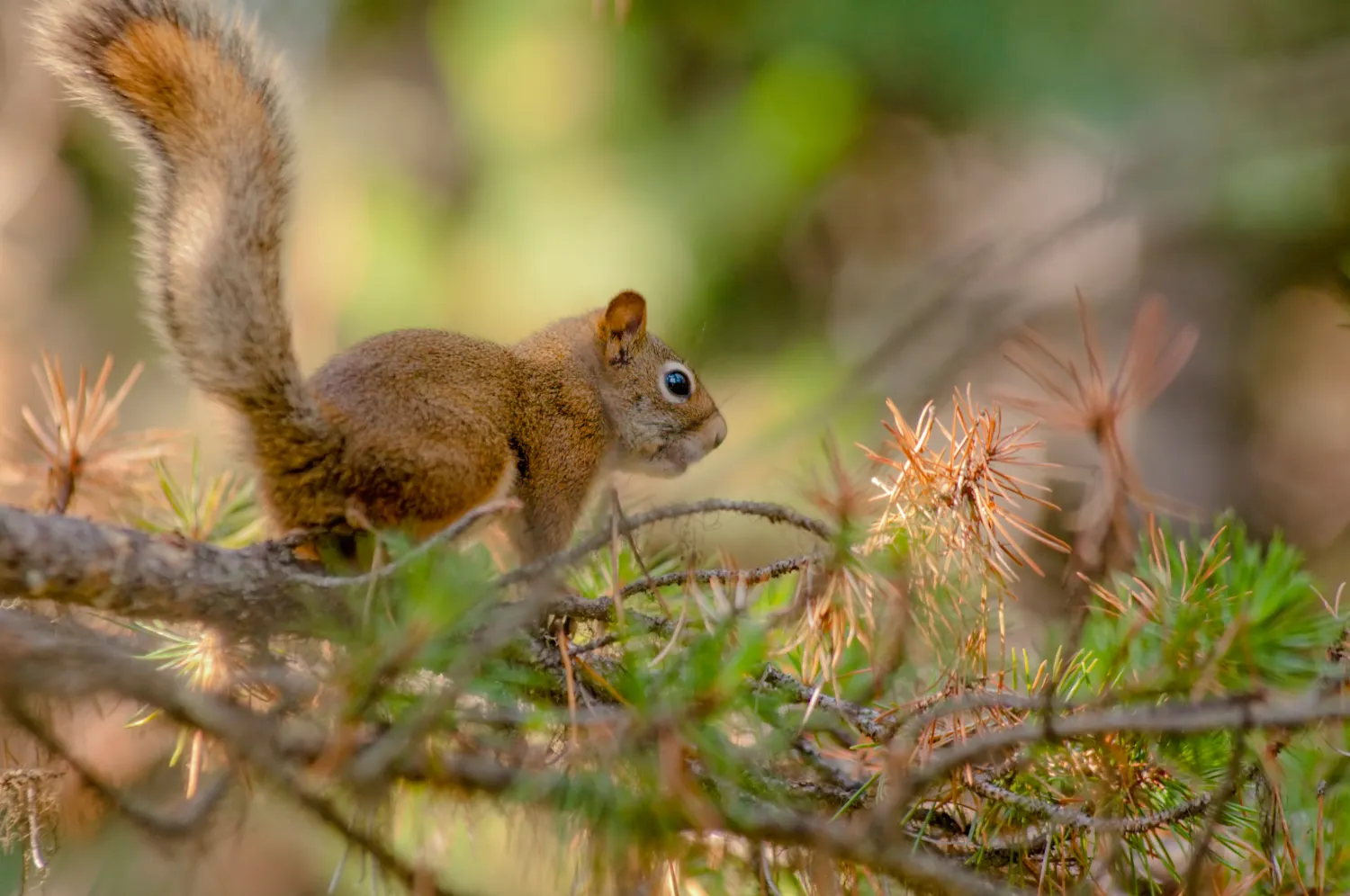
The Grounded Realm: Ground Squirrels and Open Spaces
Contrary to their arboreal cousins, ground squirrels thrive in open spaces, their lives intricately woven with the ground they tread upon.
Grassy Fields and Meadows:
Grassy fields and meadows offer ground squirrels ample foraging opportunities and burrowing spaces.
Arid Adaptations:
In arid regions, ground squirrels exhibit remarkable adaptability, navigating the harshness of their surroundings with innate resilience2.
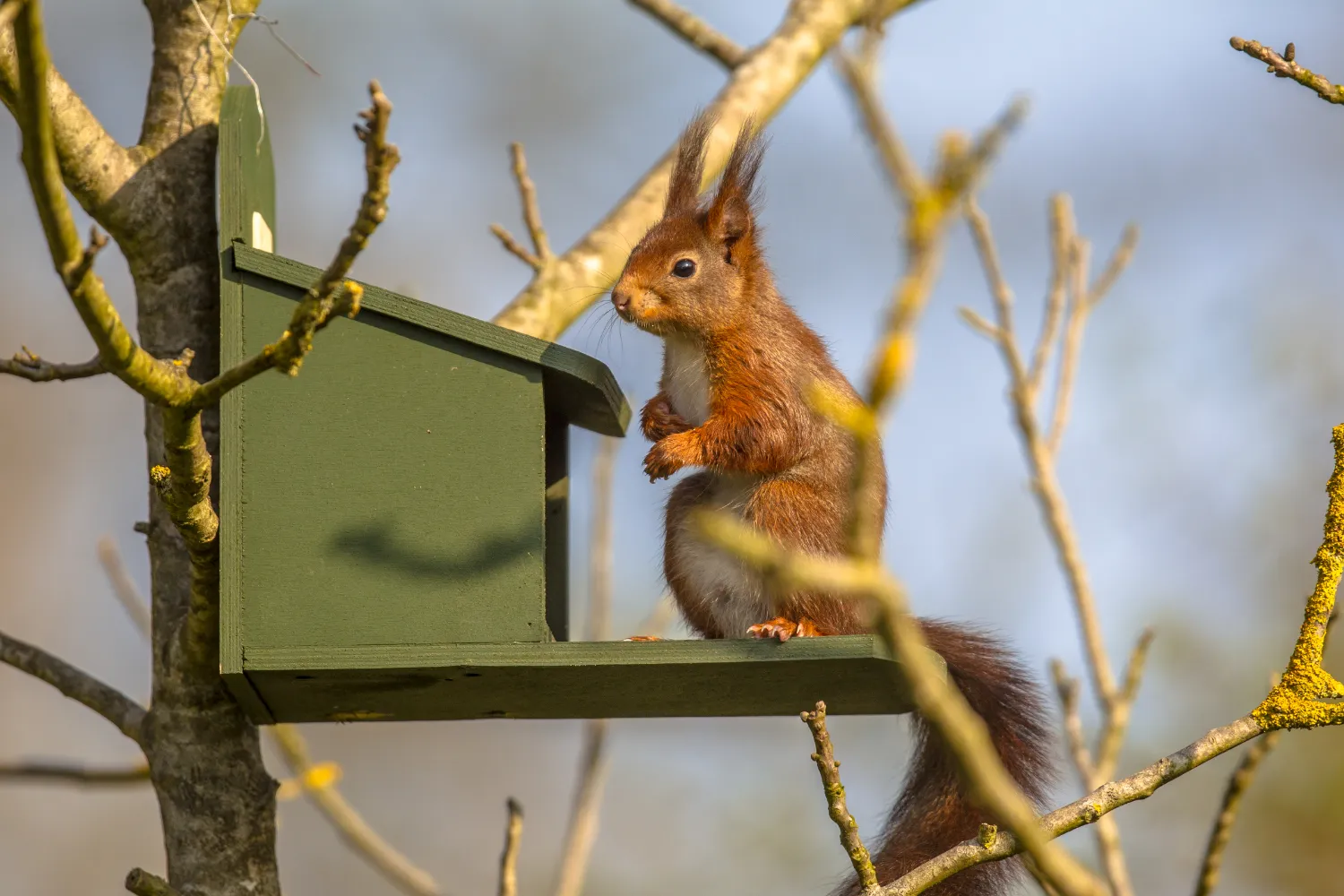
Urban Intrusion: Squirrels in Cityscapes
The urban sprawl has not deterred squirrels from carving a niche for themselves amidst concrete jungles. Their adaptability shines forth in urban settings, bridging the gap between the wild and the developed.
City Parks and Green Spaces:
City parks and green spaces provide a semblance of natural habitat, where squirrels find refuge and resources.
Human-Squirrel Interaction:
The interaction between humans and squirrels in urban settings unveils a tapestry of behavioral adaptations and human-induced challenges.
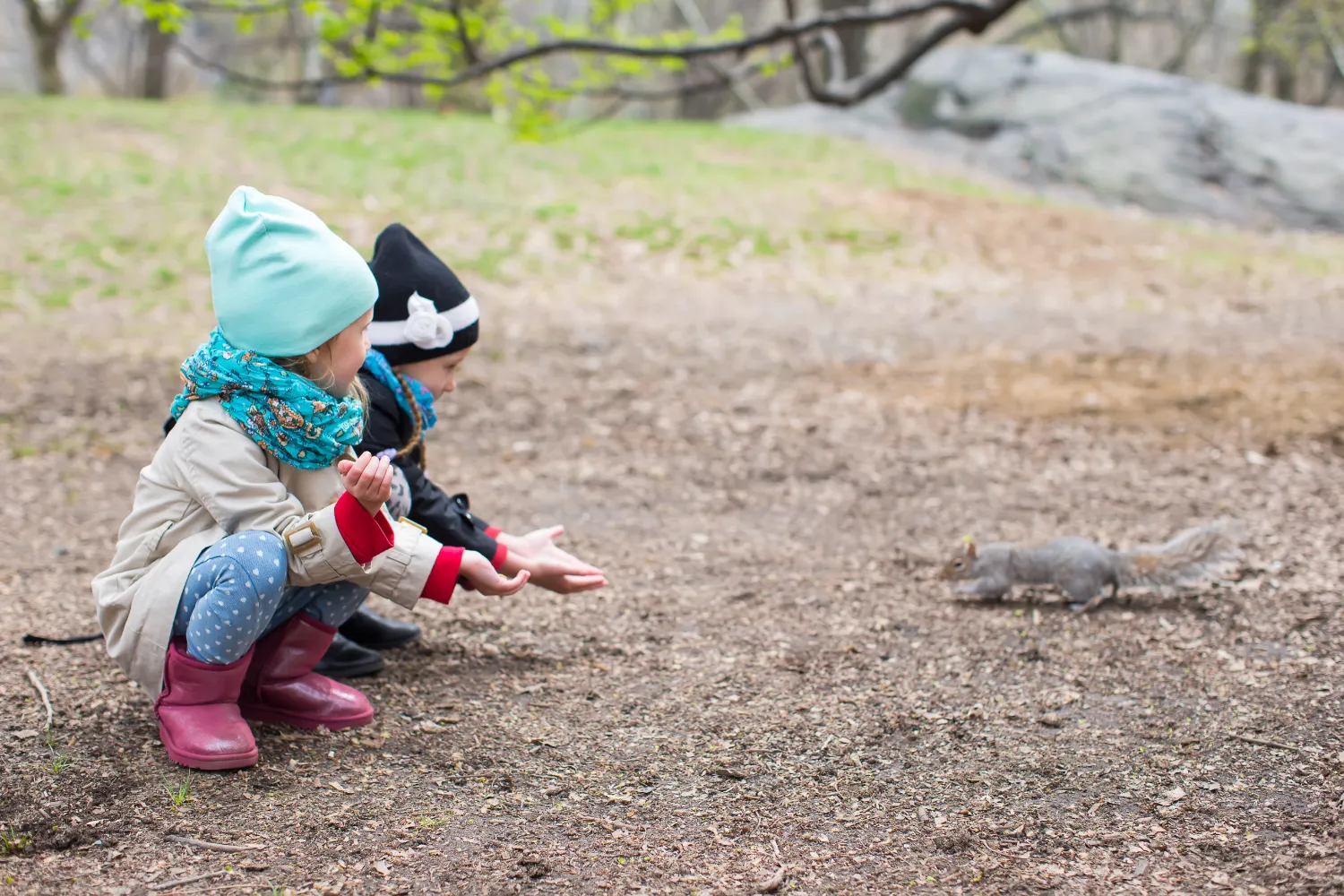
The Alpine and Arctic Adaptations: High Altitude and Cold Climate Habitats
Venturing into the realms of extreme cold and high altitudes, some squirrel species exhibit a testament to nature’s grand design of adaptability.
Cold Climate Adaptations:
The ability to thrive in cold climates showcases the resilience and evolutionary marvel of squirrels.
High Altitude Habitats:
The high-altitude habitats reveal a saga of survival and adaptation in the face of scarce resources and thin air2.
The Intercontinental Spread: Geographical Distribution of Squirrels
Squirrels grace various continents with their presence, their geographical distribution a narrative of evolutionary success and adaptability.
Continental Presence:
Squirrels are found on every continent except Australia and Antarctica, their habitats mirroring the ecological diversity of these lands1.
| Continent | Typical Squirrel Habitat |
|---|---|
| North America | Deciduous and conifer forests |
| South America | Tropical rainforests |
| Africa | Woodland savannas |
| Europe & Asia | Mixed woodlands |
[[img alt="Map showing squirrel distribution globally"]]
Behavioral Dynamics: The Impact of Habitat on Squirrel Behavior
The habitat in which squirrels find themselves dictates their behavior, forming a symbiotic relationship between the environment and its furry inhabitants.
Foraging and Feeding:
The availability of food sources within their habitat significantly influences squirrel foraging behavior.
Nesting and Reproduction:
Habitat conditions also impact nesting preferences and reproductive cycles of squirrels.
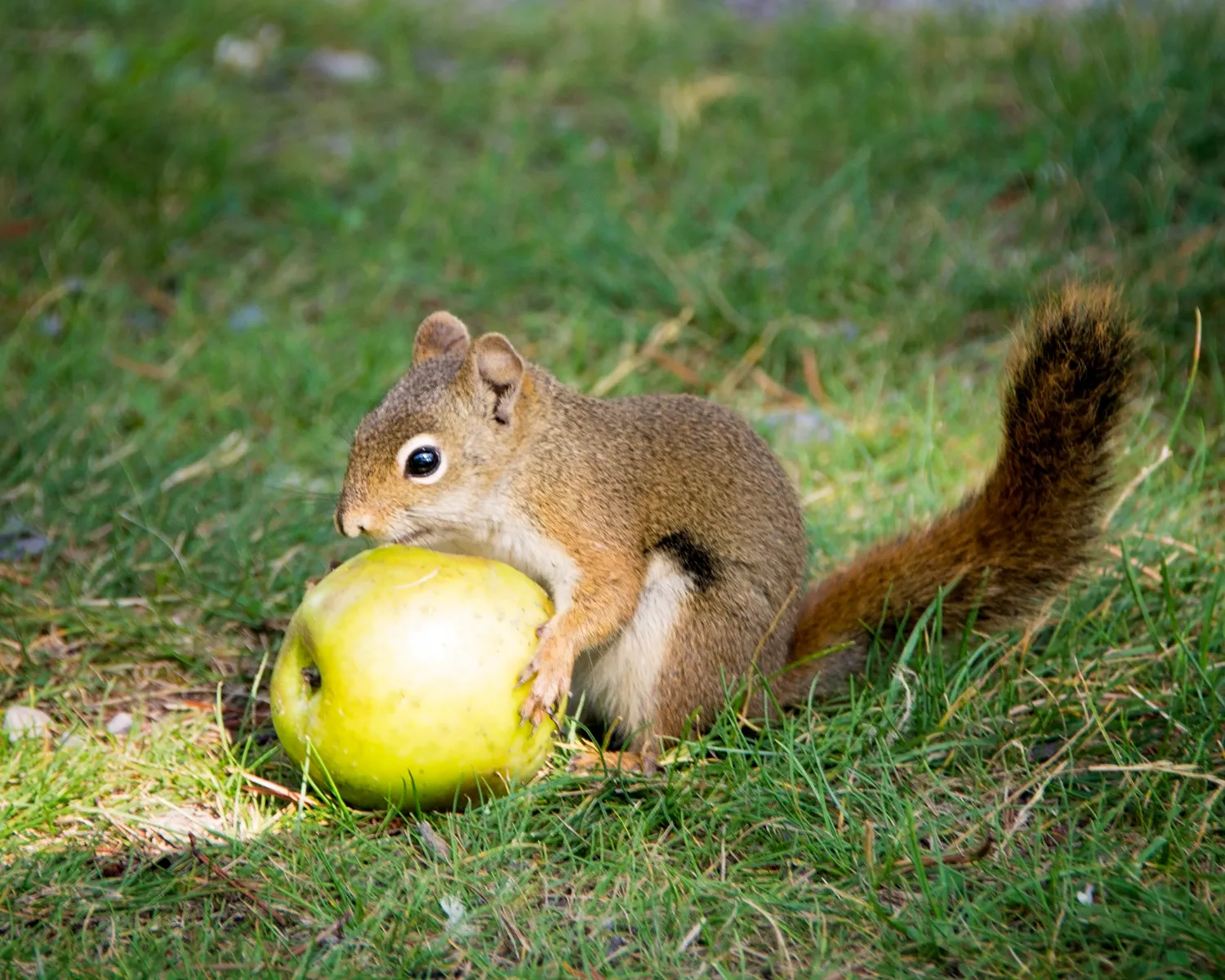
Human Intervention: The Boon and Bane of Squirrel Habitats
Human intervention, be it benign or otherwise, has a pronounced impact on squirrel habitats. From habitat destruction to provision of supplementary feeding, the human-squirrel interaction is a tale of co-existence and conflict.
Habitat Destruction and Displacement:
Urban development often leads to habitat destruction, displacing squirrels from their natural abodes.
Supplementary Feeding:
On a positive note, human-squirrel interaction in urban settings can also be nurturing, with supplementary feeding aiding squirrel survival during harsh conditions. Understanding the dietary preferences of squirrels is essential in this regard, as explored in a previous article on what squirrels eat.
Frequently Asked Questions
Do squirrels live in the same habitat year-round?
Squirrels are known for their adaptability and tend to stay in the same habitat year-round, adjusting their behavior according to seasonal changes.
How do squirrels adapt to different habitats?
Squirrels exhibit remarkable physiological and behavioral adaptations to thrive in varying habitats, from arid deserts to dense forests.
What challenges do squirrels face in urban habitats?
Urban habitats pose unique challenges to squirrels, including habitat destruction, competition for resources, and potential conflicts with humans.

